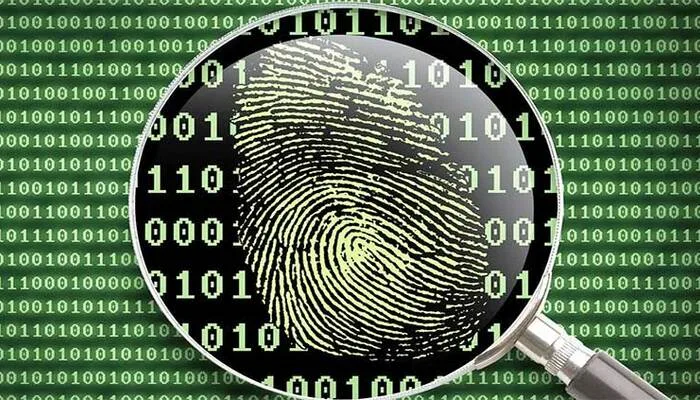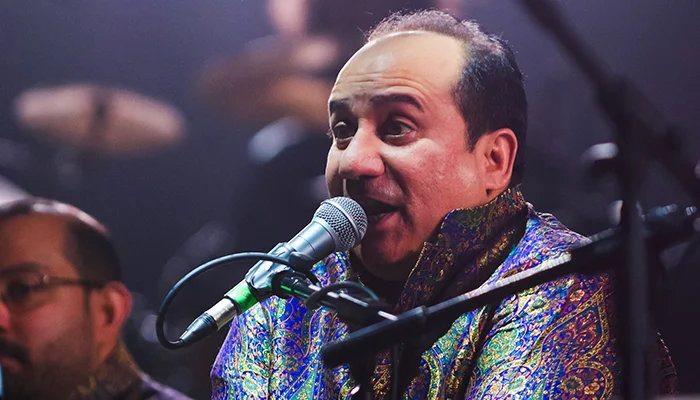AI Challenges Long-Held Belief That Fingerprints Are Unique

In a groundbreaking discovery, researchers using artificial intelligence in forensics have revealed that fingerprints may not be as unique as once believed. Contrary to over a century of forensic dogma, a new AI model has shown that fingerprints from different fingers of the same individual can often appear strikingly similar.
AI Reveals Overlapping Patterns
Led by Columbia Engineering’s Hod Lipson and University at Buffalo’s Wenyao Xu, the study analyzed around 60,000 fingerprint samples from a U.S. government database. Gabe Guo, an undergraduate at Columbia, played a central role in the project. He used a deep contrastive network to compare fingerprint pairs, some from the same person and others from different individuals.
Surprisingly, the AI system achieved a 77% accuracy rate in identifying when visually different fingerprints actually came from one person. When the system compared multiple samples together, accuracy increased dramatically—indicating massive potential for improving current forensic techniques.
Read: Infinix Note 50s 5G+ to Feature Scent-Tech with Fragrance-Infused Back
Breaking Away from Traditional Methods
Conventional fingerprint analysis relies on minutiae—the tiny branches and ridge endpoints that form a print’s unique identity. However, Guo explained that the AI didn’t focus on minutiae. Instead, it analyzed broader characteristics like the angles, swirls, and curvatures found in the central areas of the fingerprints.
This approach uncovered patterns that traditional experts had missed for decades. According to Lipson, the discovery proves that AI is capable of making original contributions in fields long governed by human judgment.
Facing Resistance from the Forensic Community
Despite its promise, the study initially faced stiff resistance. Reviewers from major forensic journals rejected the findings outright, some citing the widely held belief that “every fingerprint is unique.”
Rather than giving up, the team refined its model and aimed for a wider audience. Eventually, their persistence paid off. The research was accepted by Science Advances, a respected peer-reviewed journal, marking a major milestone in the ongoing debate over fingerprint uniqueness.
A Game-Changer for Crime Investigations
The implications of this research are significant. AI’s ability to detect hidden similarities between fingerprints could help connect suspects to multiple crime scenes or revive cold cases with partial evidence.
Lipson emphasized that the AI won’t replace human experts or serve as legal proof. However, it can narrow down suspect lists or identify connections previously missed by human eyes.
Graduate contributors Aniv Ray and Judah Goldfeder believe the AI model’s accuracy will increase as it’s trained on larger and more diverse fingerprint datasets. The current findings held consistent across demographics, but the team acknowledged the need for further validation to rule out any biases.
Rethinking a Century of Forensic Assumptions
This study signals a major shift in forensic science, where AI isn’t just a support tool—it’s reshaping foundational beliefs. Perhaps most inspiring, the breakthrough came from a student without any formal background in forensic analysis.
As Lipson noted, “This shows that even a simple AI model trained on overlooked public data can make discoveries that have escaped experts for decades.”
With further research and validation, AI may soon become an essential tool in uncovering truth where traditional methods fall short.
Follow us on Google News, Instagram, YouTube, Facebook,Whats App, and TikTok for latest updates












